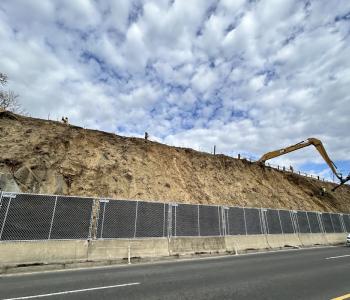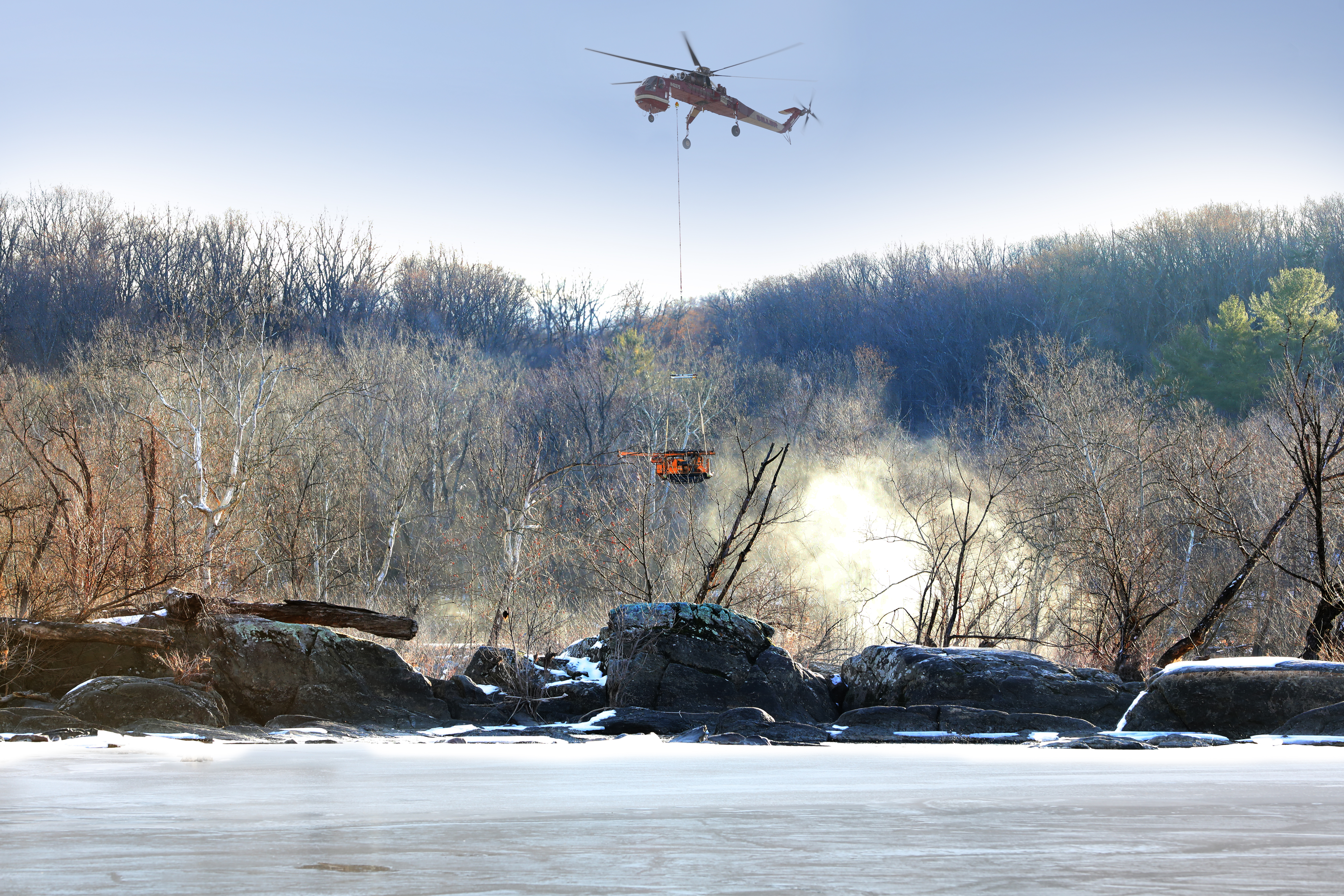WASA Upgrades Georgetown Sewer System to Eliminate Sinkholes
Beginning this spring, Georgetown neighborhoods will be getting an upgrade to the aging underground sewer system that had been causing sinkholes in the area. In general, sinkholes are depressions or holes in the ground surface caused by the removal of soil or bedrock. Sinkholes may be formed gradually or suddenly. Often, sinkholes are caused by the soil entering an underground utility, such as a sewer main.
The sinkholes started to appear in Georgetown in late 2005, and immediate repairs were made as needed, but a comprehensive investigation uncovered structural defects in the aging sanitary sewer system from 29th to 31st streets, NW and from R to M streets, NW. The area was inspected visually and with television systems, which determined that 17 of the 29 combined sewers were defective.
With that information, WASA initiated the $1 million Georgetown Sewer Rehabilitation project. From the early stages of planning, WASA officials have worked closely with area residents and concerned citizens through the Advisory Neighborhood Commission 2E. This project has been carefully planned to minimize impact to citizens and to traffic, WASA General Manager Jerry N. Johnson explained. We are only excavating where we absolutely must, and in all other instances we are leveraging advanced trenchless technologies.
One of these technologies, cured-in-place piping (CIPP), uses a resin-lined tube pulled inside the damaged pipe, then heated with steam or hot water. The heat cures the resin, creating a form-fitting, jointless, rehabilitated pipe. This process reduces the need for digging, since all of the pipe need not be exposed. Robotically controlled cutting devices and closed-circuit television are used for the service laterals.
The project includes construction and rehabilitation of approximately 2,535 linear feet of the existing sanitary sewer system, excavation in eight locations where pipes have been crushed, and rehabilitation of 28 sewer manholes, using an epoxy lining to further reduce the need for digging and to substantially increase the life of the manholes. Approximately 265 feet of the sewers could not be inspected prior to the repairs and will be inspected by closed-circuit television. Any work needed will be performed along with the rest of the project. The construction is slated for completion by early 2009.







